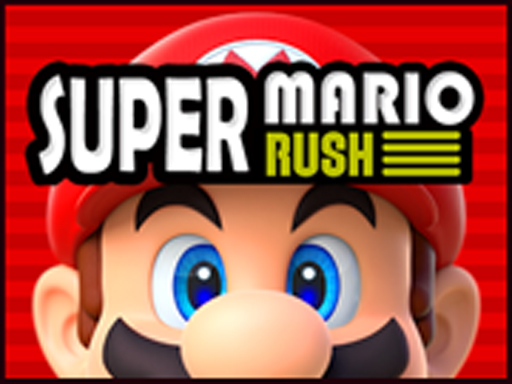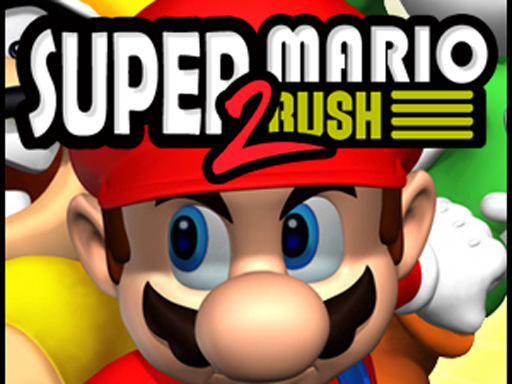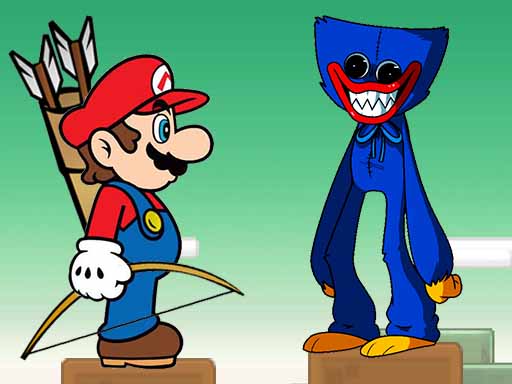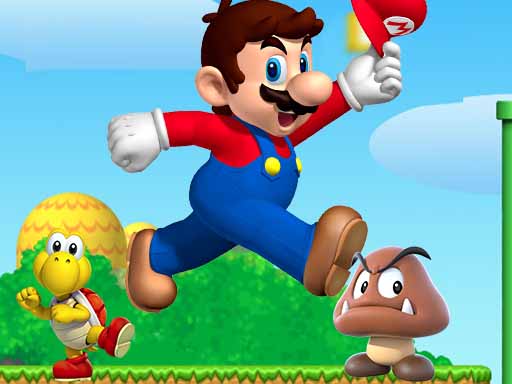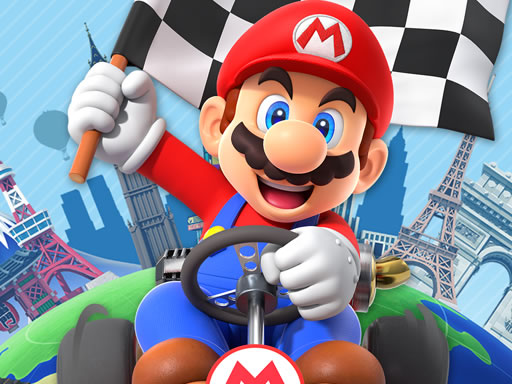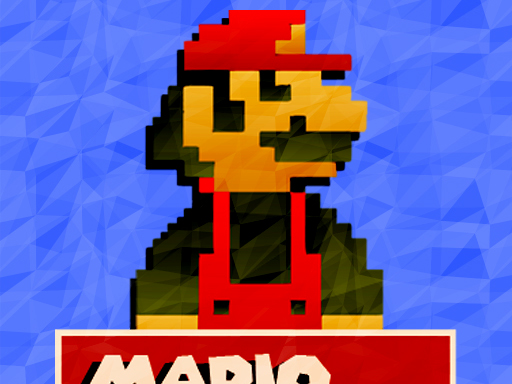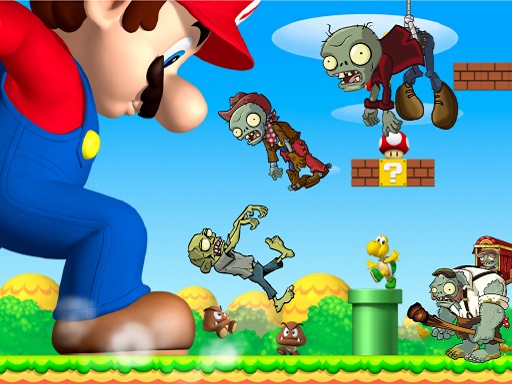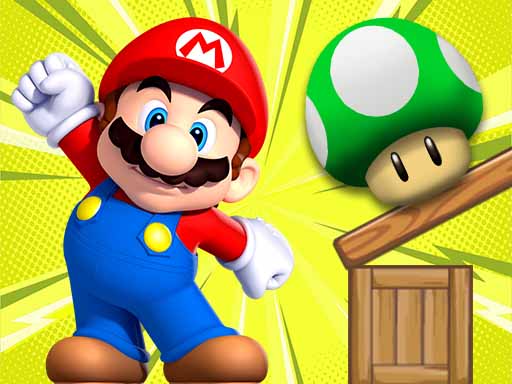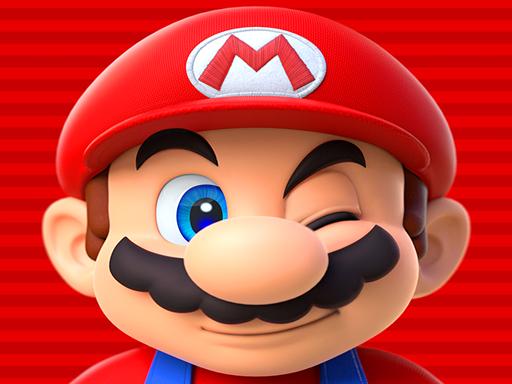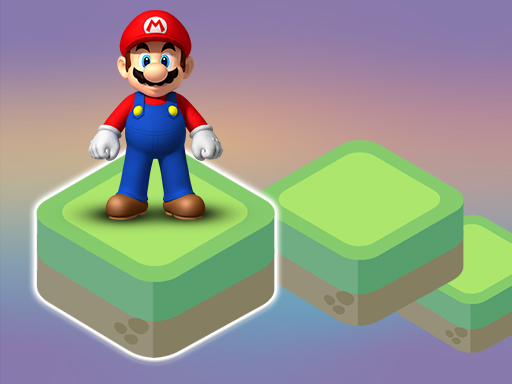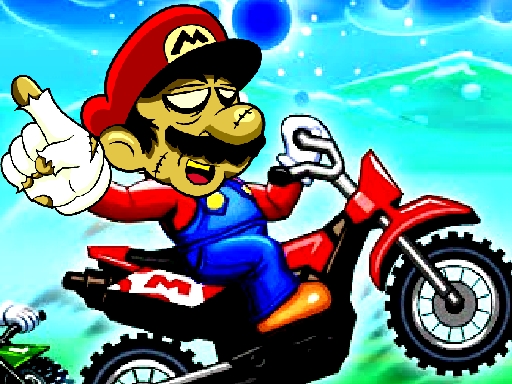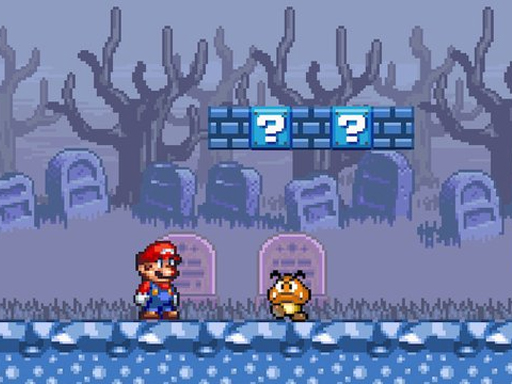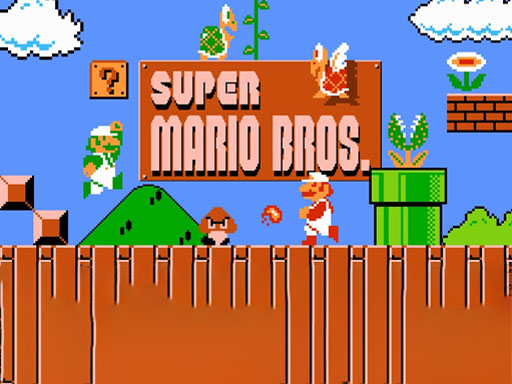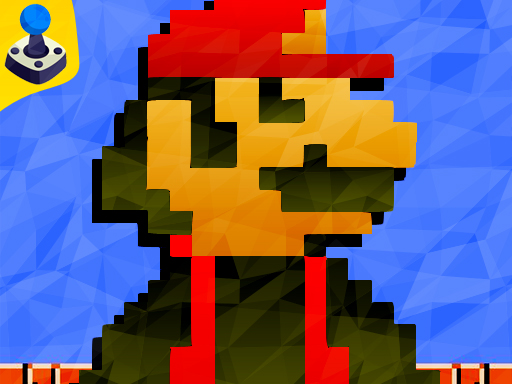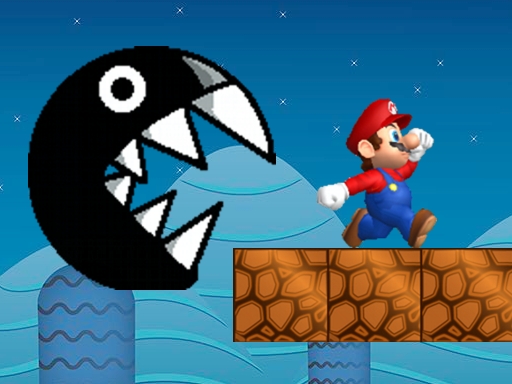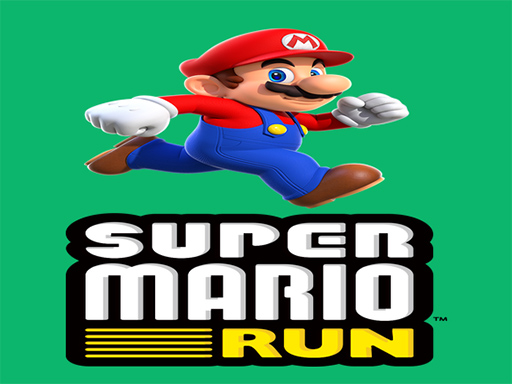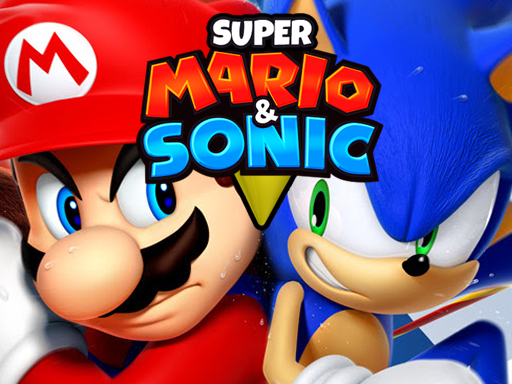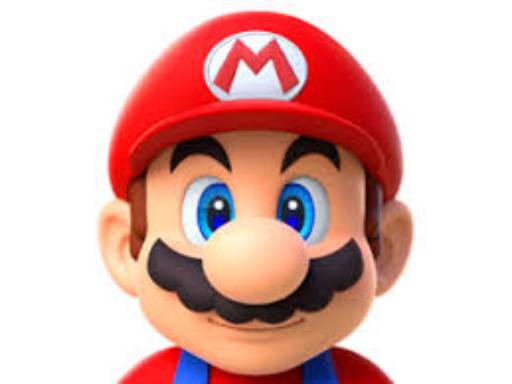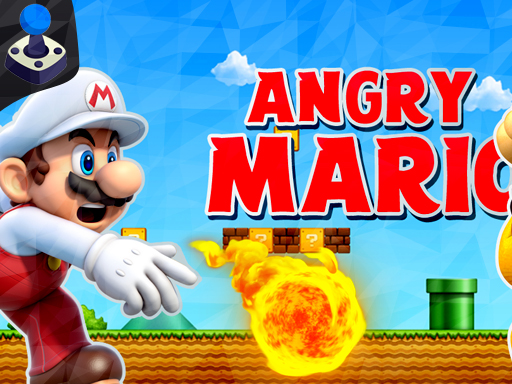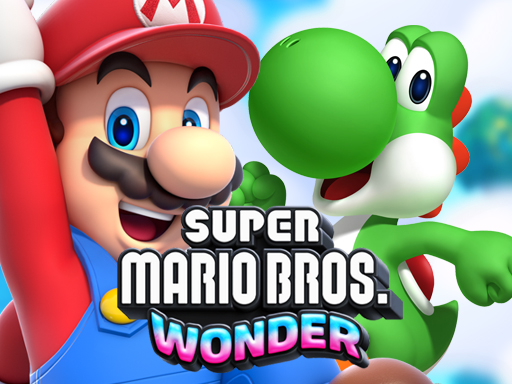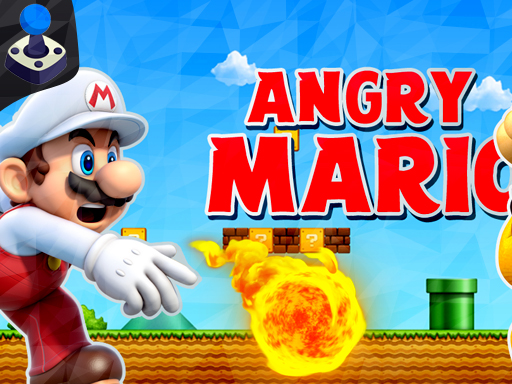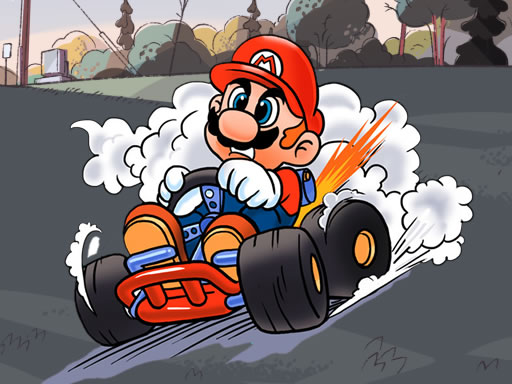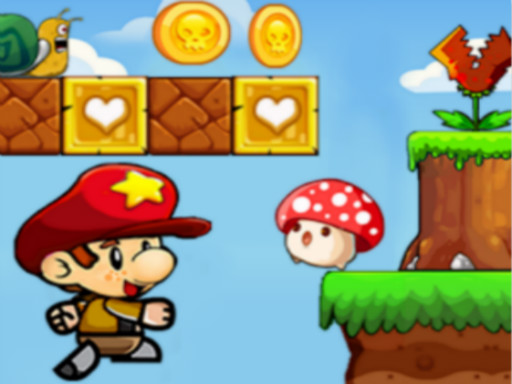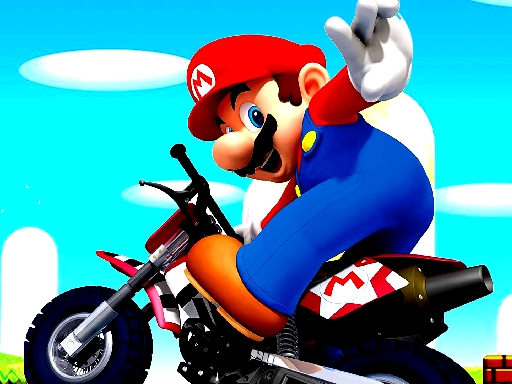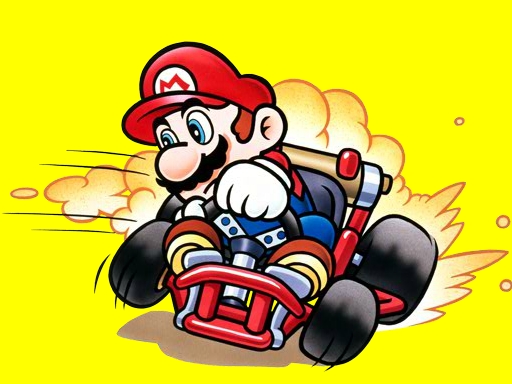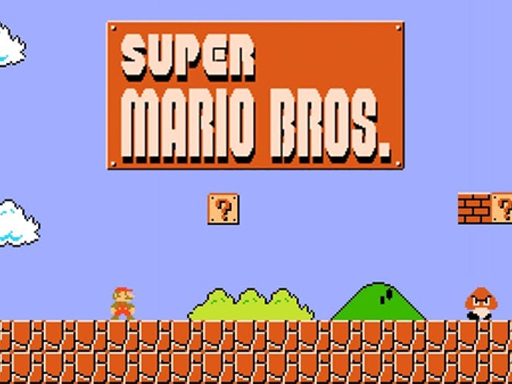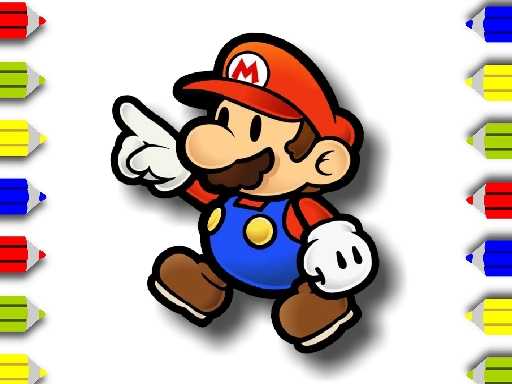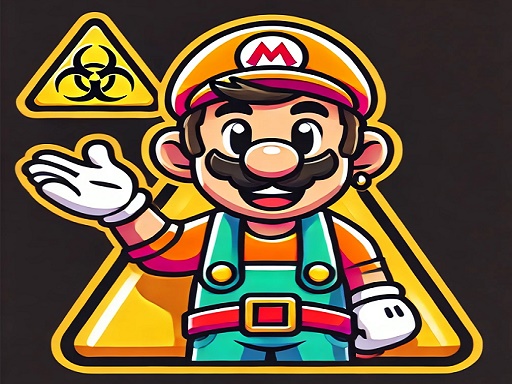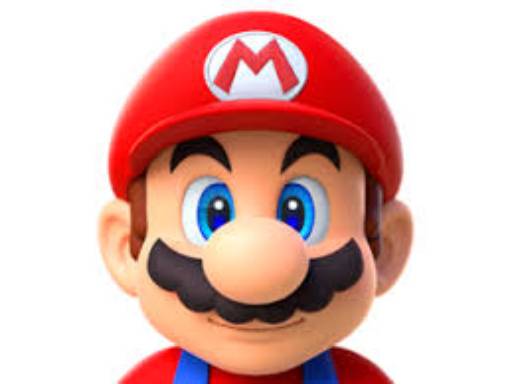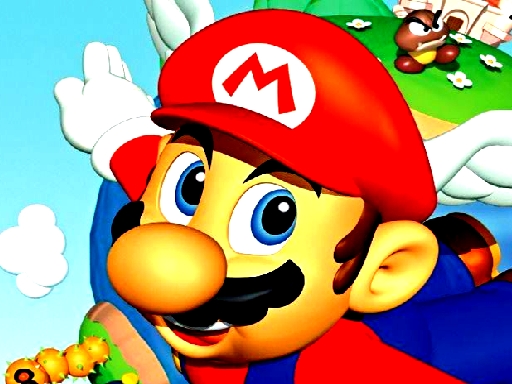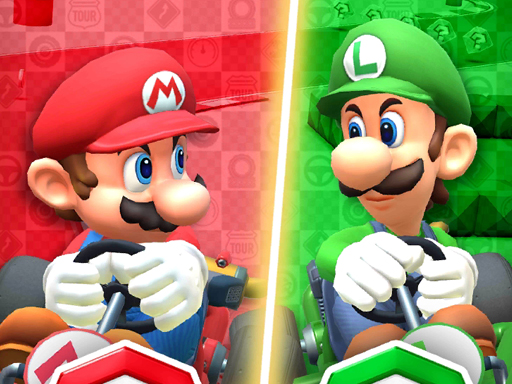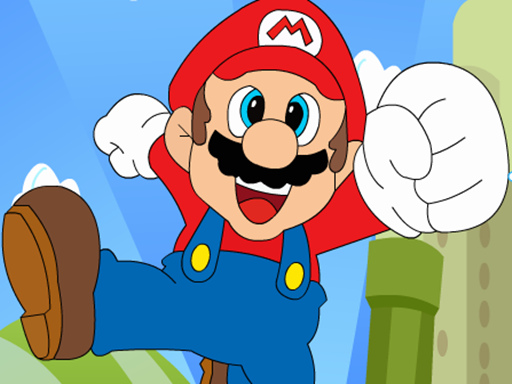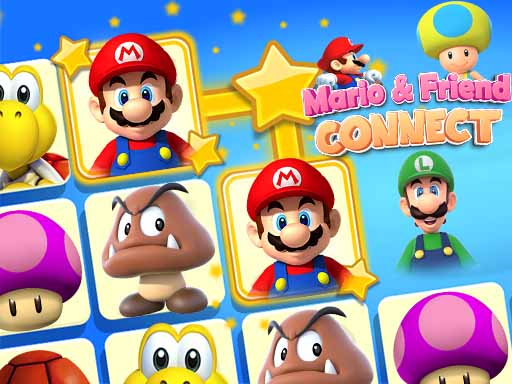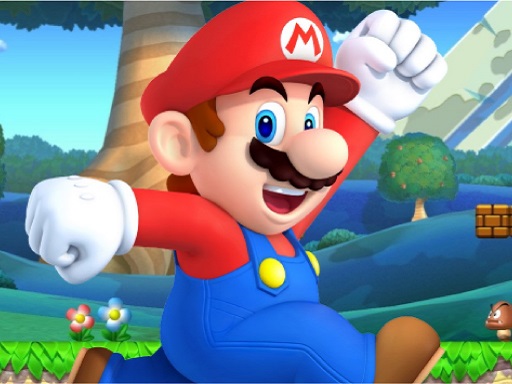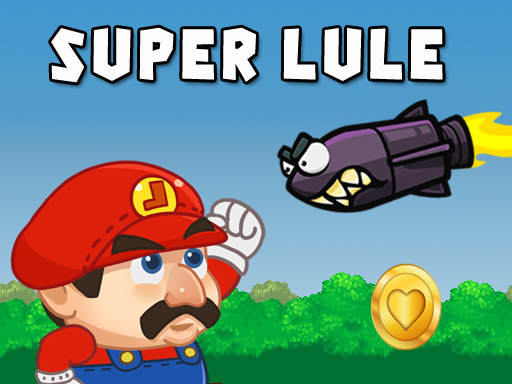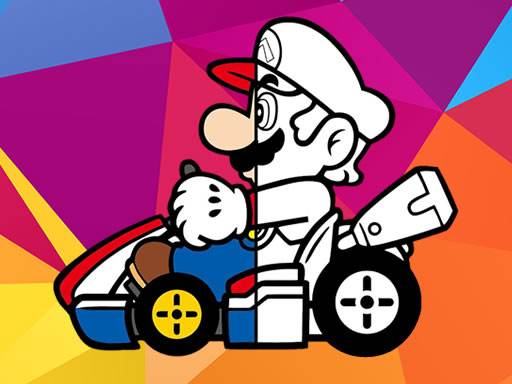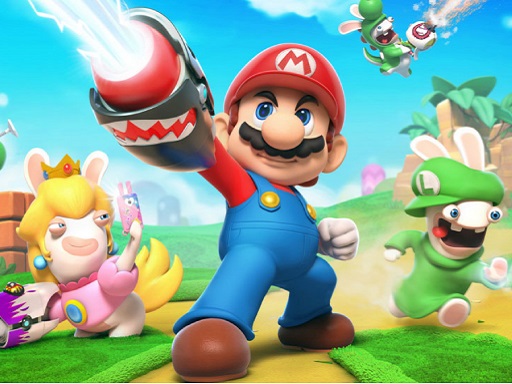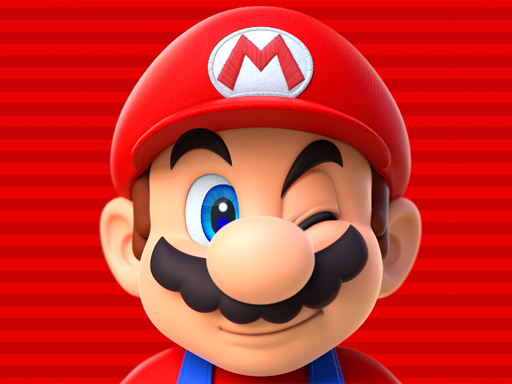
The Mushroom Kingdom's Genesis: A Deep Dive into Super Mario Bros.
For many, the sight of a red-capped plumber leaping over Goombas immediately conjures up a world of vibrant adventure, catchy tunes, and timeless fun. This world, of course, is the Mushroom Kingdom, and its foundation was laid with the groundbreaking release of Super Mario Bros. in 1985. More than just a video game, Super Mario Bros. was a cultural phenomenon that single-handedly revitalized the struggling video game industry and cemented Nintendo's place as a global entertainment giant.
The Spark that Ignited an Industry
Before Super Mario Bros., the video game market was in a slump. The industry crash of 1983 had left many skeptical about the future of home consoles. Enter Shigeru Miyamoto and Takashi Tezuka's masterpiece. Super Mario Bros. wasn't just another game; it was a revelation. Its side-scrolling platforming, innovative power-ups (who can forget the Super Mushroom or Fire Flower?), and intricate level design set a new standard for the genre. Suddenly, jumping on enemies, collecting coins, and finding hidden pathways became a joyful, addictive experience.
The game's success was monumental, selling over 40 million copies worldwide and becoming the best-selling video game of all time for decades. It proved that video games could be more than just arcade distractions; they could be rich, engaging experiences that captivated a global audience. This was the birth of a legend, and the iconic Play Super Mario character became a household name.
From 8-Bit Wonders to 3D Masterpieces: The Evolution of Super Mario

The original Super Mario Bros. 2 laid the groundwork for an incredibly diverse and beloved franchise. Each new iteration pushed boundaries, introduced fresh mechanics, and expanded the vibrant universe.
- Super Mario Bros. 2 (originally a different Japanese game re-skinned for Western audiences) introduced character selection with unique abilities, allowing players to choose between Mario, Luigi, Toad, and Princess Peach.
- Super Mario Bros. 3 brought new power-ups like the Tanooki Suit (flight!) and Hammer Suit, along with an iconic overworld map that made the adventure feel even grander. It's often cited as one of the best 2D platformers ever made.
- Then came the leap to the 16-bit era with Super Mario World on the Super Nintendo. This game introduced Yoshi, the adorable dinosaur companion, and a more open, interconnected world map with secret exits and branching paths. Many still consider Super Mario World online to be the pinnacle of 2D platforming.
- The transition to 3D was a monumental moment with Super Mario 64 for the Nintendo 64. This game revolutionized 3D platforming, setting the standard for how character movement and camera control would function in a 3D environment. Its hub world, varied levels, and emphasis on exploration were groundbreaking.
- Subsequent 3D adventures like Super Mario Sunshine (with its water-spraying FLUDD pack), Super Mario Galaxy (introducing gravity-defying planetary exploration), and the breathtaking Super Mario Odyssey (with Cappy, Mario's sentient cap) continued to redefine what a Super Mario game could be, each offering unique gameplay mechanics and unforgettable worlds.
- Even in the modern era, Super Mario 3D World on the Wii U (later enhanced for the Switch) offered a fantastic blend of 2D platforming precision with 3D freedom, featuring cooperative multiplayer. And for those looking for a different kind of fun, the Super Mario Party series provides endless hours of board game and mini-game action with friends.
The Enduring Appeal of Super Mario
The legacy of Super Mario Bros. is undeniable. It's a testament to brilliant game design, intuitive controls, and a fundamental understanding of what makes video games fun. The sheer joy of a perfectly timed jump, the satisfaction of discovering a hidden coin block, and the thrill of defeating Bowser continue to resonate with players of all ages.
Today, you can still experience the magic of Super Mario Bros. Whether you're looking to play the original Super Mario Bros. online through various emulation platforms or diving into the latest adventures like Super Mario Bros. Wonder, the spirit of that 1985 classic lives on. The simple yet profound joy of guiding Mario through his fantastical world, saving Princess Peach, and thwarting Bowser remains as captivating as ever. The Super Mario franchise isn't just a collection of games; it's a piece of gaming history, a cultural touchstone, and a beloved friend to generations of players.
FAQs about Super Mario Bros.
Q1: What is Super Mario Bros.?
A1: Super Mario Bros. is a classic 2D side-scrolling platform video game released by Nintendo in 1985 for the Famicom/NES. It stars Mario and Luigi on a quest to rescue Princess Peach from the evil Bowser.
Q2: Why was Super Mario Bros. so important?
A2: It was a groundbreaking game that redefined the platforming genre, introduced innovative level design and power-ups, and is credited with revitalizing the video game industry after the 1983 crash. Its immense success established Nintendo as a major player in the console market.
Q3: Is Super Mario Bros. still popular today?
A3: Absolutely! It remains a beloved classic, enjoyed by new generations of players through various re-releases and emulation. Its influence can be seen in countless modern platforming games.
Q4: How can I play the original Super Mario Bros. online today?
A4: While dedicated official online versions might be limited, you can often find ways to play Super Mario Bros. online through Nintendo's virtual console services on newer systems (like Nintendo Switch Online), or via various retro game emulation websites.
Q5: What's the difference between Super Mario Bros. and other Super Mario games like Super Mario World or Super Mario Odyssey?
A5: Super Mario Bros. is the foundational 2D side-scrolling experience. Games like Super Mario World expanded on the 2D formula with new mechanics and a larger world, while Super Mario 64, Super Mario Odyssey, and other titles like Super Mario 3D World are 3D platformers, offering different perspectives and gameplay styles, but all stemming from the original's core design principles.
Pros and Cons of Super Mario Bros.
Even a timeless classic like Super Mario Bros. has its strengths and weaknesses when viewed through a modern lens.
Pros:
- Pioneering Gameplay: It established the blueprint for side-scrolling platformers, influencing countless games that followed.
- Intuitive Controls: The controls are simple and easy to learn, making it accessible to players of all ages.
- Iconic Music and Sound Design: Koji Kondo's score is legendary and instantly recognizable, contributing significantly to the game's charm.
- Innovative Power-ups: The Super Mushroom, Fire Flower, and Starman were revolutionary, adding depth and variety to the gameplay.
- High Replayability: Its challenging levels, hidden secrets, and warp zones encourage multiple playthroughs.
- Historical Significance: It's a foundational piece of video game history, essential for understanding the evolution of the medium.
- Pure Fun: At its core, it's an incredibly enjoyable and satisfying gaming experience that holds up remarkably well.
Cons:
- High Difficulty (for some): Without save states (in the original), the game can be quite challenging and unforgiving, especially in later levels.
- Limited Story: The plot is very basic ("rescue the princess"), which is typical for games of its era but can feel thin compared to modern narratives.
- Repetitive Elements: Some enemy types and level designs can become a bit repetitive over the course of the game.
- Lack of Saves: The original game did not have a save feature, meaning players had to complete the entire game in one sitting or use continue codes.
- Graphics are Dated (understandably): While charming, the 8-bit graphics are simplistic by today's standards.
- No Multiplayer (Co-op): While two players can alternate, it's not simultaneous cooperative play like some later Mario titles or Super Mario Party.
